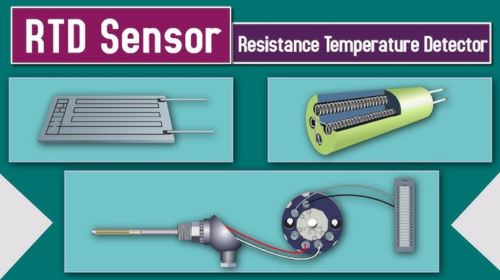Japan's Huge Subsidies for Semiconductors Raise Concerns in South Korea
Views : 20
Update time : 2024-01-03 11:07:04
The current global semiconductor industry chain is moving towards a new shape, and Japan is aiming to regain its leading position in semiconductor manufacturing by providing huge funds of up to 50% of the investment cost of semiconductor factories. This is not only attracting local companies, but also attracting overseas investment. In contrast, the South Korean government's subsidies only remain at the level of tax breaks, so the South Korean industry is concerned that "the productivity of South Korea's semiconductor factories may be reversed by Japan in the next 10 years."
Multiple sources indicate that Micron is building a DRAM factory in Hiroshima, Japan, from the Japanese government to obtain about 39% of the investment amount of subsidies, this subsidy to ensure that 5% to 7% of the cost competitiveness. In each production line to invest trillions of won to billions of won in semiconductor equipment competition, in addition to technology, mass production experience, financial subsidies are also advantageous "weapons". Micron's goal is to produce the most advanced storage chips in Japan in 2025 "1 γ (Gamma) DRAM.
South Korea's industry is concerned that the DRAM market ranked third in the world, Micron, may use the Japanese production base to threaten Samsung, SK Hynix.
TSMC is using the Japanese side of the subsidies, the construction of the first factory located in Kumamoto Prefecture, the total amount of subsidies up to 41% of the amount of investment in plant equipment. Analysis said Japan's subsidies, making the plant's cost competitiveness increased by 10%. Japan in order to actively consolidate TSMC Japan's second and third plant project, plans to increase the rate of subsidies to 50%. Not only that, on December 26th Japan's Kumamoto Prefecture, Kumamoto University and Kyushu University on December 26th jointly signed a comprehensive agreement in the semiconductor field to promote research and cultivate human resources, the goal is to provide TSMC plant to provide a sufficient pool of talent.KAIST Electrical and Electronic Engineering Department Professor Kim Jung-ho (phonetic) said, "If the cost competitiveness gap accumulates, you can Reverse the situation."
The Japanese government has developed semiconductors as "specific important materials", the goal is the future mass production of 2nm and more advanced process chips in Japan. In addition to cash, Japan has invested a variety of forms of side support to domestic companies such as Rapidus and Kioxia (Armor Man). This is a "dual-track strategy" that simultaneously promotes attracting overseas companies and fostering local companies.
In contrast to Japan, Korea has no cash support policy for investment in semiconductor facilities. With the passage of the amendment to the Tax Exception Limitation Act (K-Chip Act) by the National Assembly in March 2023, the rate of tax deduction for facility investment by large corporations was increased from 8% to 15%, but the Act will expire in December 2024 automatically. Judging only from the Japanese subsidies and South Korea's tax credits, Micron and TSMC have no reason to invest in South Korea. In particular, South Korea's corporate tax rate, minimum tax and other taxes itself is also very high, so compared with competing countries, the attractiveness of investment is reduced.
A high-level semiconductor industry stakeholder said, "If you put aside manpower, infrastructure, and national sentiment and simply consider only the numbers, even Korean companies may be more favorable to set up factories in Japan," and that "there is also a need for the Korean government and political circles to expand their support for the semiconductor industry in terms of economic security ."
 How to Identify Legitimate Sellers When Purchasing Electronic Components Online?
How to Identify Legitimate Sellers When Purchasing Electronic Components Online?
 Development Directions and Innovation Trends of the Electronic Components Market in 2025
Development Directions and Innovation Trends of the Electronic Components Market in 2025
 Resistance Thermometer Temperature Sensors
Resistance Thermometer Temperature Sensors
 Say Goodbye to Lag! Three Ways to Speed Up WiFi
Say Goodbye to Lag! Three Ways to Speed Up WiFi